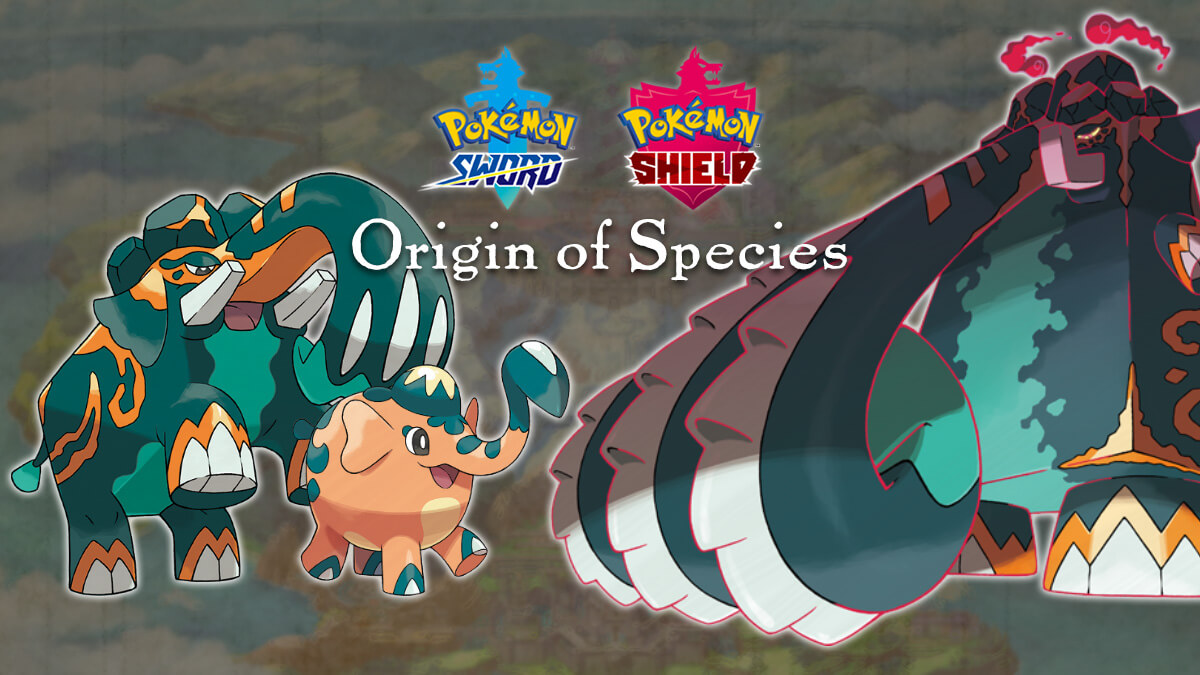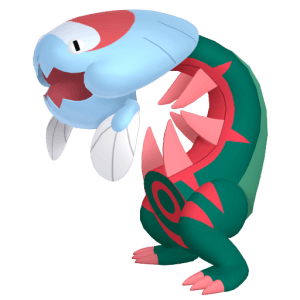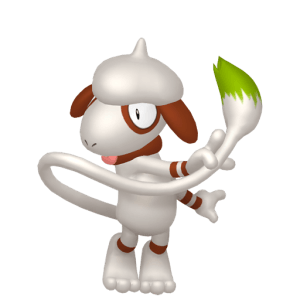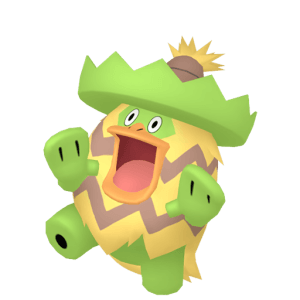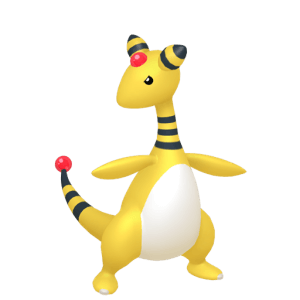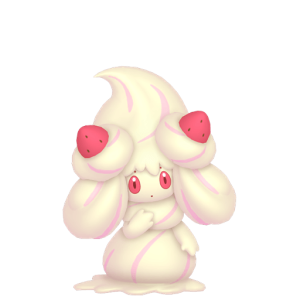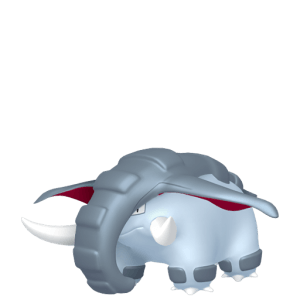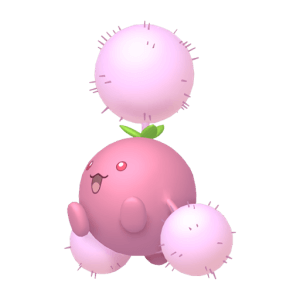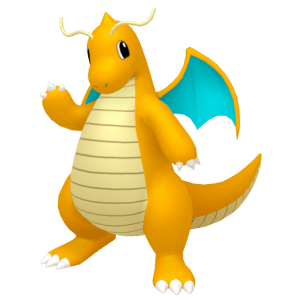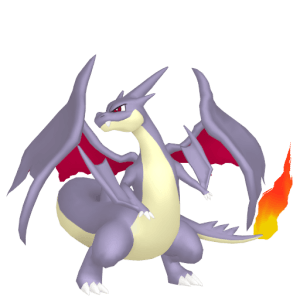In this recurring series, I’ll analyze the origins of Pokémon designs, their culture, and their historical allusions to British culture.
Cufant
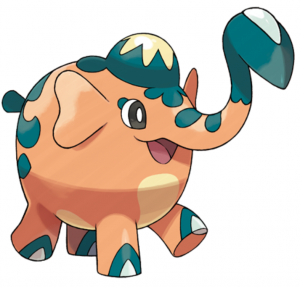
Cufant is a small yet heavy Pokémon based on an elephant. Its name is a combination of “Cu”, the atomic symbol for copper, and “fant” relating to an elephant. Its association with copper is demonstrated by its orange body, and explains why it is a Steel-type. It is classified as the Copperderm Pokémon, literally meaning “copper skin”.

In particular, Cufant is based on an Indian elephant, rather than an African elephant. There are multiple reasons to make this assertion, giving Cufant’s relatively small ears and thinner head shape.
It digs up the ground with its trunk. It’s also very strong, being able to carry loads of over five tons without any problem at all.
If a job requires serious strength, this Pokémon will excel at it. Its copper body tarnishes in the rain, turning a vibrant green color.
The greenish colorations on Cufant’s body are from tarnish, a natural occurrence when the surface of a metal like copper will undergo a chemical reaction with the oxygen in the air. The greenish layer is known as pantina. This layer will protect the rest of the metal from corrosion.
Copperajah
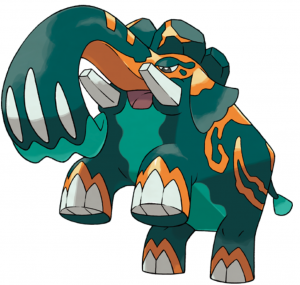
Cufant evolves into Copperajah and becomes a fully mature elephant adult. Its body largely rusts, turning a bluish-green with only a few hints of orange remaining. Its trunk grows longer and gets three parts jutting slightly outward almost like a backhoe or tractor.
Copperajah is also based on an Indian elephant, its name being a combination of “copper” and “maharajah”, a Sanskrit title for the king.
Its name is also used to describe a period of British colonial rule over India known as “British Raj”, from 1858 to 1947. India was colonized by the British from 1612 to 1947 in various governing forms, this period representing direct control by the British crown.
They came over from another region long ago and worked together with humans. Their green skin is resistant to water.
These Pokémon live in herds. Their trunks have incredible grip strength, strong enough to crush giant rocks into powder.
As a colony, India traded many animals and goods to Britian. It seems like Cufant and Copperajah were similarly transported to Galar in order to employ them in various tasks. Their pantina would allow them to be resistant to the different weather events of Galar. Perhaps one day we will get a region based on India.
Gigantamax Copperajah
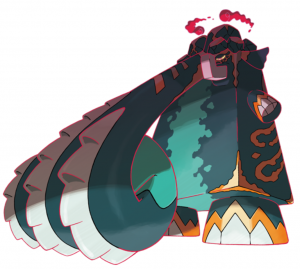
When Copperajah gigantamaxes, its body becomes bipedal. Its hind legs grow large to contain the rectangular body while its front legs remain small and stubby. Its trunk grows to gigantic proportions and develops rough protrusions.
In this form it is able to use the exclusive move G-Max Steelsurge which, in addition to damage, will set a Steel-type entry hazard on the opponent’s side of the field. Similar to Stealth Rock, the amount of damage done to the Pokémon will depend on weaknesses and resistances to Steel-type attacks.
So much power is packed in its trunk that if it were to unleash that power, the resulting blast could level mountains and change the landscape.
After this Pokémon has Gigantamaxed, its massive nose can utterly demolish large structures with a single smashing blow.
While Copperajah may have been used in construction work, a Gigantamax Copperajah would be well equipped for the task. It would be able to clear landscapes for new development, whether that be natural or human structures.
Conclusion
The sun used to never set in Great Britain’s empire. The inclusion of Cufant and Copperajah represent the colony of India which they held for hundreds of years and the exchange of goods and animals. I look forward to the possibility of visiting a region based on India, where we might find large herds of these Pokémon in the wild.
Let us know your thoughts on Cufant and Copperajah in the comments below! did you use one during your playthrough of Pokémon Sword or Shield? Don’t forget to join the Pokémon discussions on Discord as well!

